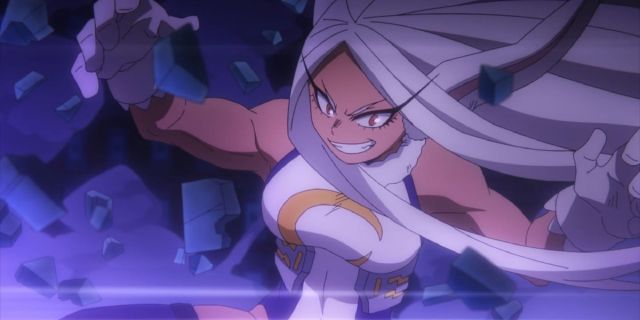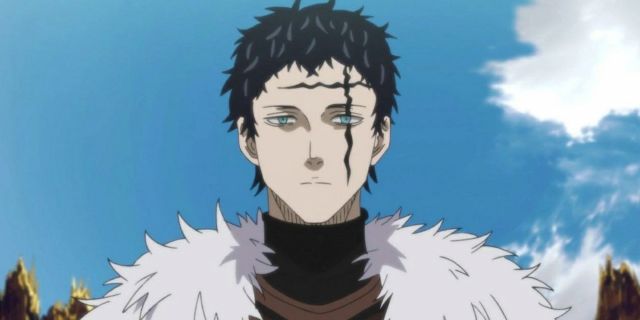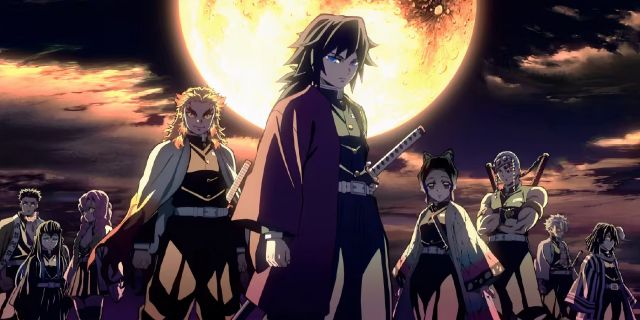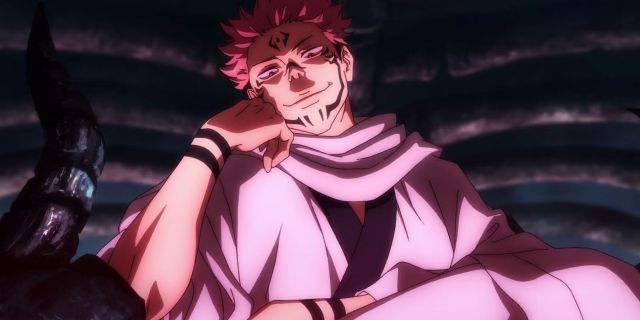Highlights
- Bleach, part of the Big 3, greatly influenced the next generation of mangaka like My Hero Academia’s creator Kohei Horikoshi.
- Black Clover’s character design, powers, and transformations show clear inspiration from Bleach’s iconic characters and themes.
- Jujutsu Kaisen also bears resemblance to Bleach in various aspects, from character motivations to monster designs and techniques.
Bleach is one of the Big 3, a Western term for a Japanese phenomenon. During the early to mid-2000s, One Piece, Naruto, and Bleach completely dominated manga sales in Japan. These three greats also influenced the next generation of talented mangaka, the most notable being Bleach’s underrated influence on some of the biggest works of current times. Tite Kubo’s acclaimed work has become an icon of the manga industry. Ichigo’s realistic personality and conflict with his inner self, the tragic and unique villains, the artistic flair, the character designs, so much of Bleach has poured into the beloved shōnen of today.
Several mangaka in today’s Shōnen Jump have expressed appreciation and admiration for Tite Kubo and his work. Some talk about how they started drawing thanks to their love for Bleach. Out of the Big 3, Bleach’s reach is felt much more than its two siblings. So here’s a detailed look into how Bleach shaped your favorite shows.
My Hero Academia

Kohei Horikoshi, the author of My Hero Academia, has spoken publicly about his love for Bleach. He’s revealed he started drawing in high school, often doodling Bleach characters in class. He then started designing his original characters in the style of Bleach. The series motivated him to become a mangaka in the future, creating My Hero Academia.
While Western superheroes are a key influence in the series, you can see some of the things he took from Bleach. Most notably, the character of Mirko. Mirko quickly became one of the most popular and beloved characters in the series, and when tying Horikoshi to Kubo’s influence, you can see how this character came about. Yoruichi Shihouin is one of the most iconic characters in Bleach, a female black fighter with a cat motif and skimpy clothes with a brash and sassy personality. Mirko is a female black fighter with a bunny motif and skimpy clothes. Yoruichi’s influence on Mirko is very clear.
Black Clover

Yuki Tabata’s work may not be as celebrated as some of the other series mentioned, but it still holds a massive fanbase and great success. Bleach’s influence on Tabata is even more apparent. From the get-go, Black Clover‘s main character, Asta, seems like a new take on Naruto Uzumaki in terms of design and personality, but when it comes to his powers, it’s completely different. Asta wields a massive black sword with black energy, very reminiscent of Ichigo’s Tensa Zangetsu. And Asta’s transformation is inspired by Ichigo’s Hollow transformation. Asta’s Devil-Possessed form is the opposite of regular wizards, just like Ichigo’s Hollow powers are to the Soul Reapers. Asta’s powers come from the devil called Liebe, who has white hair and black sclera eyes, making him very similar to Zangetsu.
Then there is Zenon Zogratis, a character who has been making his rounds on social media because of his striking similarity to Bleach’s Ulquiorra Cifer. Zenon is a pale man with green eyes and an emotionless expression with immense power. But it’s in his transformation where Ulquiorra’s influence on the character is clear as day. Zenon has big black wings, a white and black body, and big bony horns. The comparison to Ulquiorra’s iconic Segunda Etapa is obvious.
Demon Slayer

While Bleach’s influence on Koyoharu Gotoge’s Demon Slayer is a bit more subtle compared to Black Clover. It’s unmissable once you take a closer look. Starting with the demons, the main monsters of the series are former humans who became corrupted and turned into beastly creatures that now devour humans. But behind the most important demons is a sympathetic and tragic backstory, drawing similarities to how Hollow and Arrancar are treated in Bleach. The Hashira, the group of elite demon slayers, has a striking resemblance to the Gotei 13. Elite warriors that wear white and black personalized kimonos that each use distinct swords and powers.
Then there’s the Demon Upper Moons. They’re the highest-ranked demons that serve a terrifying human-looking leader who created them. The Upper Demons are ranked by number. These villains are inspired by the famous Espada, a group of powerful Hollows ranked by number led by Sosuke Aizen. Gotoge has also spoken about their love for Bleach, making these connections in Demon Slayer much more apparent.
Jujutsu Kaisen

Gege Akutami’s action-packed series has taken the world by storm, and its resemblance to Bleach in many aspects has been a huge topic of discussion for a long time. While many fans of Jujutsu Kaisen renounce this aspect of the series, something born out of the widespread disdain for Bleach on social media, the creator has not only spoken about their love for Bleach but has even become friends with Tite Kubo and had a special interview with Kubo. Akutami has stated that new creators should not try to imitate Bleach, as Bleach is a work like no other that cannot be replicated.
But how does Bleach’s influence manifest in Jujutsu Kaisen? Starting from Yuuji Itadori, Ichigo’s mark on him is immediately noticeable. Yuuji’s main goal as a sorcerer is to protect defenseless civilians and save them from dying scared and alone, very reminiscent of Ichigo’s goal of protecting everyone in his path. Yuuji also hosts Ryomen Sukuna, an ancient sorcerer who ruled the world with his evil. Inside Yuuji’s soul world, Sukuna is manifested as an evil version of Yuuji wearing a white kimono, feeling more similar to Zangetsu in Ichigo’s inner world. In a fun twist, Sukuna is voiced by Juniichi Suwabe, who voices Grimmjoww Jaegerjaquez, Ichigo’s rival Espada.
The designs of curses, the main monsters of Jujutsu Kaisen are also quite similar to the Hollows, and Choso’s design has just a tint of Ulquiorra Cifer. Akutami also shows their love for Bleach in the style of the volume covers of the manga, ironically having a Sukuna cover as a direct tribute to Grimmjoww’s iconic illustration. The character of Satoru Gojo has also made fans notice an uncanny resemblance to Kisuke Urahara, Ichigo’s quirky mentor, and Kakashi Hatake from Naruto. Gojo resembles Kakashi in design and Urahara in personality. Domain Expansions also bear a striking resemblance to Bankai, a powerful technique that changes the environment and gives the user unique and powerful abilities.
When taking a close look at the biggest Shōnen manga of today, it’s impossible not to see Bleach’s extensive influence on the next generation of creators. While Bleach doesn’t get the same treatment as its two Big 3 siblings, it’s clear to see why Bleach may easily be the most influential out of the three.
